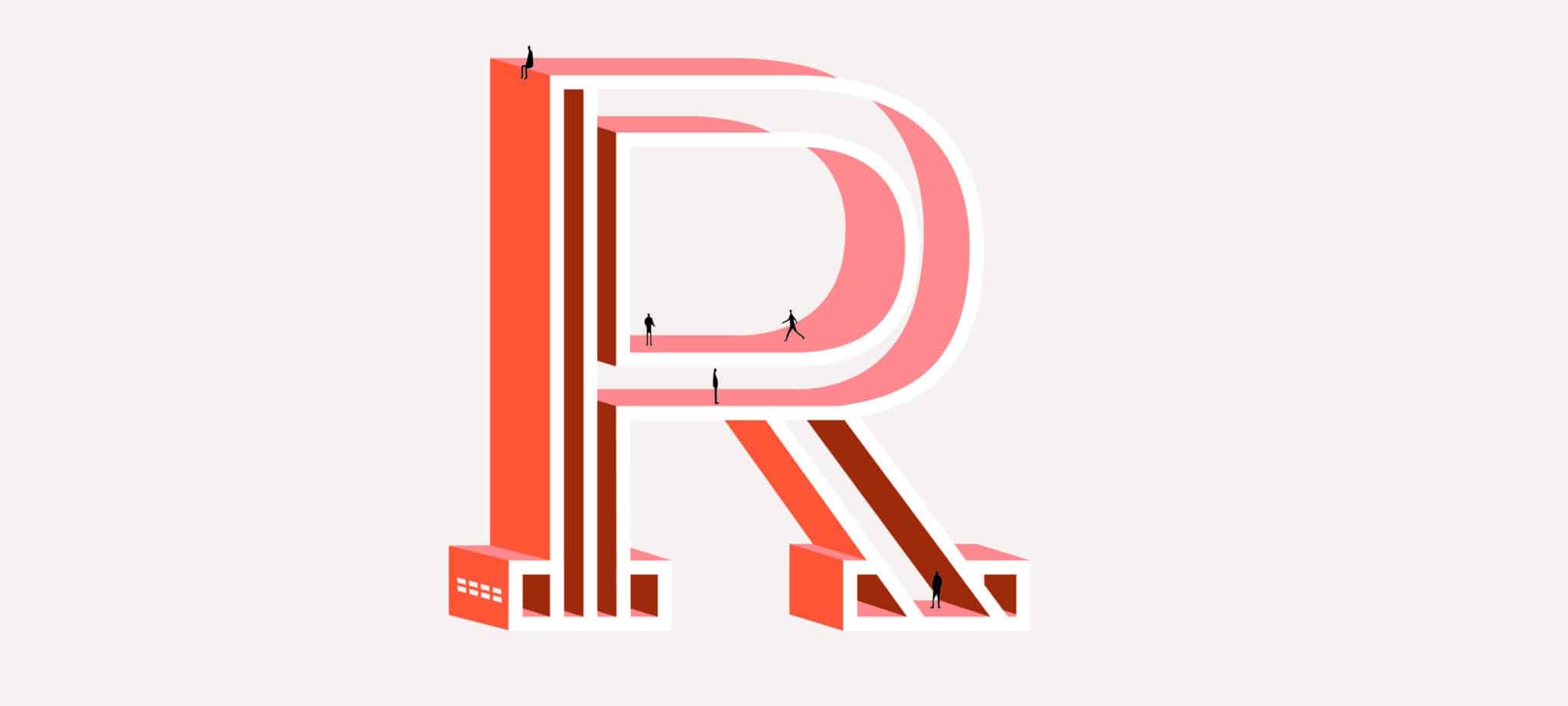
● ARCHITECT’S ALPHABET ●
R as rehabilitation.
Up to now, the rehabilitation work has been viewed from the perspective of thermal issues and the reduction of energy consumption by integrating insulation, heating methods, renewable energy and other sustainability requirements.
This view also confirmed that rehabilitation had left the era of individual initiative (covering one’s own needs) to respond to injunctions of collective, or even planetary interest.
This questions us in our role as an architect and in what we can bring to a rehabilitation often called «technical».
First of all, there is a question of semantics. How many words to cure the evils of the existing? Maintenance, Maintenance, Replacement, Change, Repair, Refresh, Overhaul, Repair, Repair, Upgrade, Modification, Recovery, Recovery, Safeguard, Restoration, Reconstitution, Rehabilitation, Upgrading, Adaptation, Improvement, modernization, renewal, requalification, redevelopment, restructuring, redevelopment, redevelopment, renovation, remodeling, reconstruction, reconversion, transformation, extension, sanitation…
A profusion of terms that still seems insufficient or unsatisfactory since some prefer to rename their action into «intervention on the existing», «re-conception», «re-architecture», «re-life», «re-generation», «re-coming», as the term rehabilitation can seem trivial, even unflattering, sometimes going hand in hand with the image associated with the rehabilitation of «towers» and «bars» in collective social housing.
At Bulle, we do not see our intervention limited to normalization or makeup. It is not just a matter of bringing living standards up to today’s standards, nor is it a matter of solving social problems by dressing buildings with packaging, masks or cosmetics.
The prerequisite is a real desire to exploit the architectural, spatial and social potential.
From this point of view, the term requalification would be more appropriate in that it refers to the satisfaction of the inhabitants and their way of life in their reconfigured space, as well as to the perception of the residents in terms of the image of their neighbourhood.
And at Bulle, we have this desire and capacity to work with the human dimension of the neighbourhood. This posture implies a strong, almost militant personal commitment. But our field experience proves, in return, that the exercise is rewarding and rewarding.
As you can understand, we advocate for an “ordinary architecture” that is able to fit sustainably into its urban context rather than an architecture conceived as an autonomous gesture. For «what would be extraordinary would be to improve the ordinary». (Yves Lion).
